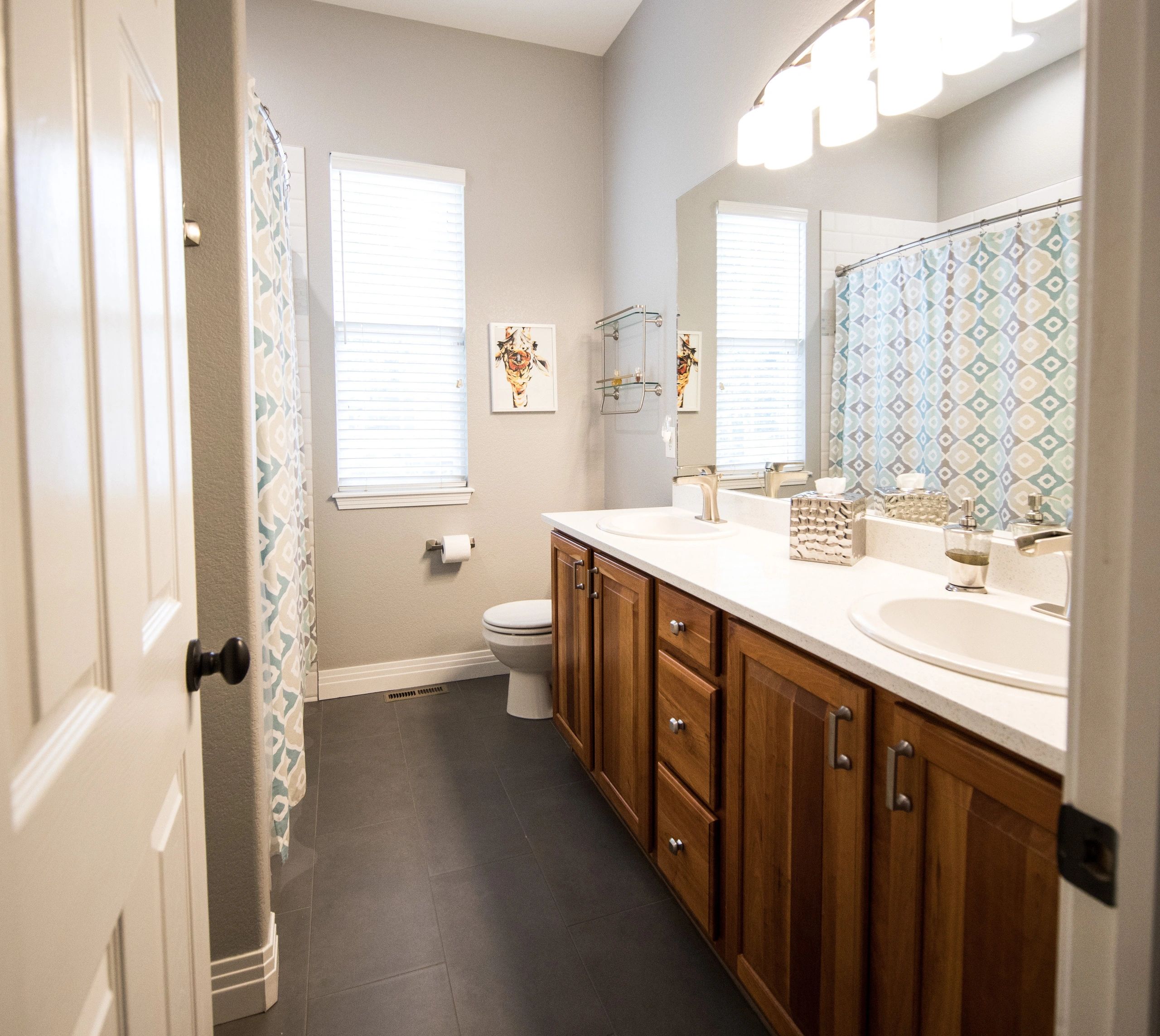
On-Site Sewage Treatment/Disposal
The purpose of the On-Site Sewage Treatment/Disposal (OSTDS) program is to protect the public from sewage-borne diseases and protect groundwater and surface water from becoming polluted with sewage.
Additional Information
Environmental Health evaluates sites to determine if the soil is capable of treating the sewage to kill harmful bacteria and viruses and reduce the amount of nitrate released into groundwater. In addition, Environmental Health issues permits for construction of On-Site Sewage Treatment/Disposal Systems (also called septic systems) and privies. It also evaluates existing OSTDSs to determine compliance with current codes for property transfers or those property owners seeking to increase sewage flows or connect a new dwelling to an existing OSTDS.

Sandy ground with pebbles and standing water
On-Site Sewage Treatment/Disposal Systems (OSTDS)
Raw Land Evaluation
A raw land evaluation (a.k.a. "Perk Test") is the first step taken for any parcel of land that does not currently have an existing OSTDS on site. This evaluation will be used to access the parcel site to determine if is is meets the minimum requirements to install an OSTDS. *Note: A backhoe may be required to dig a test pit(s) for the soils evaluation by the sanitarian. The backhoe, when requested, must be provided by the applicant.*
- Raw Land Evaluations are valid for 5 years -
New OSTDS Permit
After a raw land evaluation has been conducted, the next step would be to obtain an OSTDS permit. Another site visit may be required if the location of the OSTDS is not in the same area evaluated during the raw land evaluation. *Note: A backhoe may be required to dig a test pit(s) for the soils evaluation by the sanitarian. The backhoe, when requested, must be provided by the applicant.*
- OSTDS Permits are valid for 2 years -
Replacement OSTDS Permit for an existing OSTDS
A repair OSTDS permit is for systems that meet the Delta & Menominee Sanitary Code of an existing system. If the OSTDS meets these criteria, then a raw land evaluation is not needed. A soils evaluation may still be needed if there is no permit information or the permit information provided is outdated. *Note: A backhoe may be required to dig a test pit(s) for the soils evaluation by the sanitarian. The backhoe, when requested, must be provided by the applicant.* A pump slip of the existing septic tank from a licensed septage hauler may also be needed to show that the septic tank meets the minimum size requirements, that it is watertight poured concrete, and that it is in good condition.
- Repair OSTDS Permits are valid for 2 years -
Septic Tank Only Replacement Permit
A permit to replace only a septic tank for an existing OSTDS is for systems that meet the Delta & Menominee Sanitary Code of an existing system. If valid soils information is not available, a soils evaluation next to the existing driainfield will need to be conducted to ensure the drainfield meets minimum standards. *Note: A backhoe may be required to dig a test pit(s) for the soils evaluation by the sanitarian. The backhoe, when requested, must be provided by the applicant.*
- Septic Tank Replacement Permits are valid for 2 years -
Privy Permits
PHDM offers two types of privy permits:
Earth Pit Privy Permit: This permit is for a privy which is open to natural soils where non-water carried human waste is discharged directly into the natural soils inside of a structure. This type of privy permit must have a raw land evaluation or valid soils information and meet minimum standards. *Note: A backhoe may be required to dig a test pit(s) for the soils evaluation by the sanitarian. The backhoe, when requested, must be provided by the applicant.*
Vaulted Privy Permit: This permit is for a privy where the disposal of non-water carried human waste is discharged into an approved water tight vault inside of a structure. No soils evaluation is required for this permit.
- Privy OSTDS Permits are valid for 2 years -
Write-Off Evaluations
PHDM will conduct write-off evaluations for home/buildings that are looking to add additional sewage flows of no greater that 150 gallons per day (i.e. - 1 bedroom addition) or if disconnection and re-connection to an OSTDS will occur (i.e. - a new home on property). The existing OSTDS will be evaluated to determine if it meets minimum criteria. A soils profile may be needed by a sanitarian. *Note: A backhoe may be required to dig a test pit(s) for the soils evaluation by the sanitarian. The backhoe, when requested, must be provided by the applicant.* If sewage flows will be more than 150 gallons per day, then a raw land evaluation will be required.
Downloads
Forms may be emailed to ehclerk@phdm.org
FOIA Policy and Forms
Copyright © 2024 Public Health, Delta & Menominee Counties - All Rights Reserved.